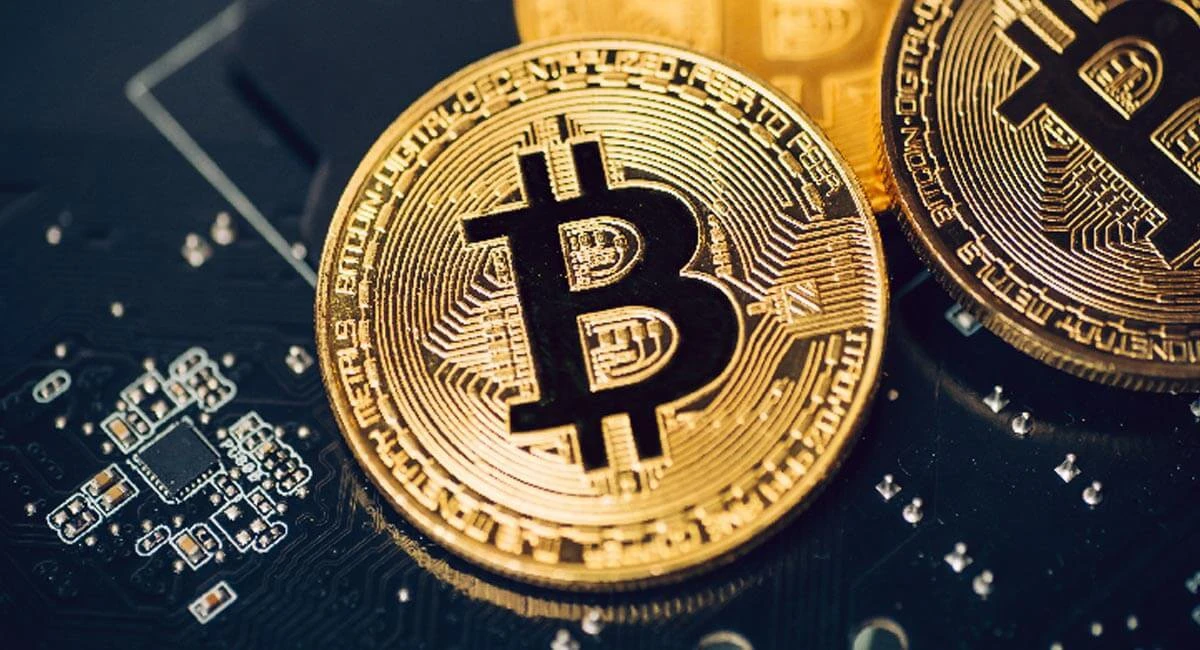Cryptocurrencies like Bitcoin and Ethereum have become a key part of investing incredibly rapidly. Their popularity has soared in recent years and today most people know at least a little bit about them. Lots of us are also sinking our hard-earned cash into them, hoping to make a profit. But where did they actually come from, and how did we get here?
It’s fair to say that the idea of currency has moved on quite a bit over the years. The first concept of paying for goods or services has most likely been lost to the mists of history. As such, we don’t know whether the first monetary tokens were sticks, stones, beads or bones.
However, what we do know is that eventually humanity settled on coins around 5,000 years ago. These little metal discs quickly became popular across China, India and the Mediterranean in the years that followed.
Now, with cryptocurrency signalling the dawn of another new era, a future where physical currency has died out looks to be in sight. Traditional fiat currencies may soon be confined to digital payment methods.
But how did we arrive at these digital coins?
#What Came Before Crypto?
First thing’s first - let’s get one thing straight: Bitcoin was not the first attempt at a digital currency. In fact, it has a heap of predecessors, all of which helped pave the way for its success.
Here are just a few of the more interesting examples:
Digicash
Though this sounds like the currency in a bad sci-fi movie, it’s actually recognized as the first digital currency. Launched in 1989, the technology saw users convert money into Cyberbucks, which were stored on their hard drives to be used as currency. Though the idea was backed by Deutsche Bank at one point, the company filed for bankruptcy in 1998.
E-gold
The E-gold system allowed users to pay each other in gold through online transactions, with no actual exchange of goods taking place. Over $2bn-worth of transactions processed in 2006 and more than 5 million accounts were opened by 2009, but transfers were eventually suspended in 2009 following US government legal action.
Liberty Reserve
This service allowed for money transfers using only a name, email address and the date of birth of the recipient. The sender would convert their dollars or euros into a digital equivalent currency, which was sent to a recipient before conversion back into fiat currency. The service was shut down by US Federal prosecutors in 2013 amid money laundering concerns.
#Hashcash – the pioneering forerunner
But while all these are well worth their mention, perhaps the most important of them all is the legendary Hashcash.
Bitcoin ancestor Hashcash was created by Blockstream founder Adam Black back in the 1990s, but you might be surprised by what it was used for.
Hashcash was an anti-spam plugin for email which would use a proof-of-work algorithm to generate a one-time-use email stamp. This stamp would ensure the email made it through any anti-spam filters, which would otherwise bin the communication as a nuisance message.
There are only small differences in the mining functions between Hashcash and Bitcoin, such as Bitcoin featuring more control over altering the difficulty of the mining function. Though their generation is comparable, Bitcoin remains vastly more complex than Hashcash.
#How was Crypto Created?
However, none of these precursors are quite the same as what we know cryptocurrency to be today.
Bitcoin is still the biggest crypto on the market, with its status never having been usurped since it became the first cryptocurrency back in 2009. The coin was created by a mysterious developer or developers known as Satoshi Nakamoto. Though a few have claimed to be Nakamoto over the years, his true identity has remained shrouded in mystery.
Regardless, Nakamoto released the Bitcoin whitepaper in October 2008 and then kicked off 2009 by mining the first Bitcoin from the decentralized blockchain.
This was the moment which led to the landscape we see now, where blockchain and cryptocurrency has changed the face of retail investing.
As of November 2021, there are over 7,500 cryptocurrencies knocking around. More than 3,000 of these were created in 2021, according to data from Statista.
Some of these currencies are tiny and unlikely to ever be of much consequence. Others, such as Ethereum, have become so large that they threaten to topple Bitcoin, the coin which started it all.
Bitcoin itself has become an incredibly important part of the investment landscape, with the cryptocurrency having racked up more than 712 million transactions to date, according to data from Blockchain.com.
Even with interest being so high and Bitcoin ultimately being a finite resource, experts don’t expect miners to run out of new units of the currency to unlock until mid-way through the next century. That means there’s a boatload of mining still the come.
Regardless of how it emerged, it looks like cryptocurrency is probably here to stay for the long term. However, with the current volatility of the crypto market, it is currently undergoing one of its sternest tests in the eyes of investors.
